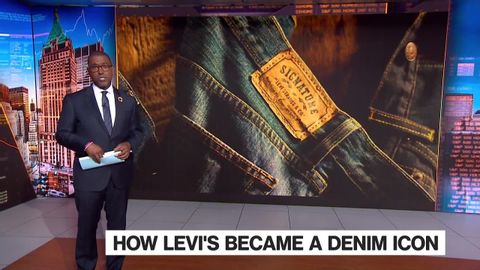リーバイスがデニムのアイコンになるまで (How Levi's Became a Denim Icon)
林宜悉 が 2024 年 05 月 21 日 に投稿  この条件に一致する単語はありません
この条件に一致する単語はありませんUS /spɪˈsɪfɪk/
・
UK /spəˈsɪfɪk/
- n.言い回し;音楽の節;語句;句
- v.t./i.言い表す
US /məˈtɪriəl/
・
UK /məˈtɪəriəl/
- n. (c./u.)衣料;原材料;原料
- adj.関連な,重要な;世俗的な : 物質的な : 物質でできた
US /aɪˈkɑnɪk/
・
UK /aɪˈkɒnɪk/
エネルギーを使用
すべての単語を解除
発音・解説・フィルター機能を解除
